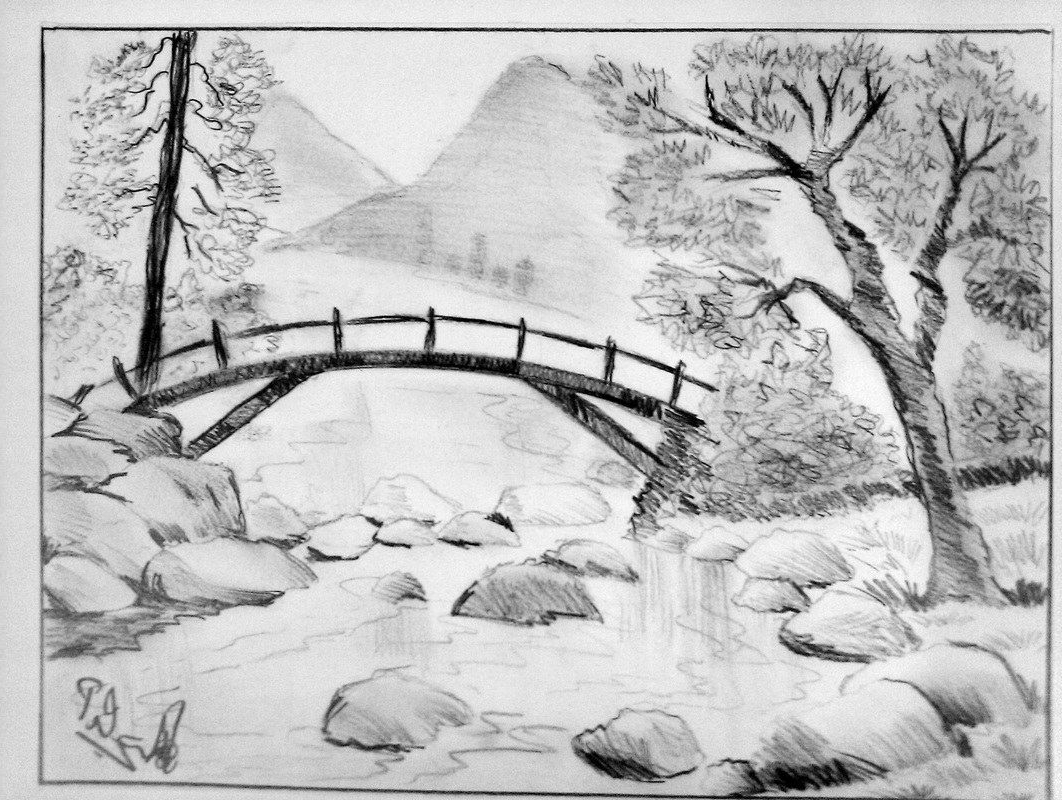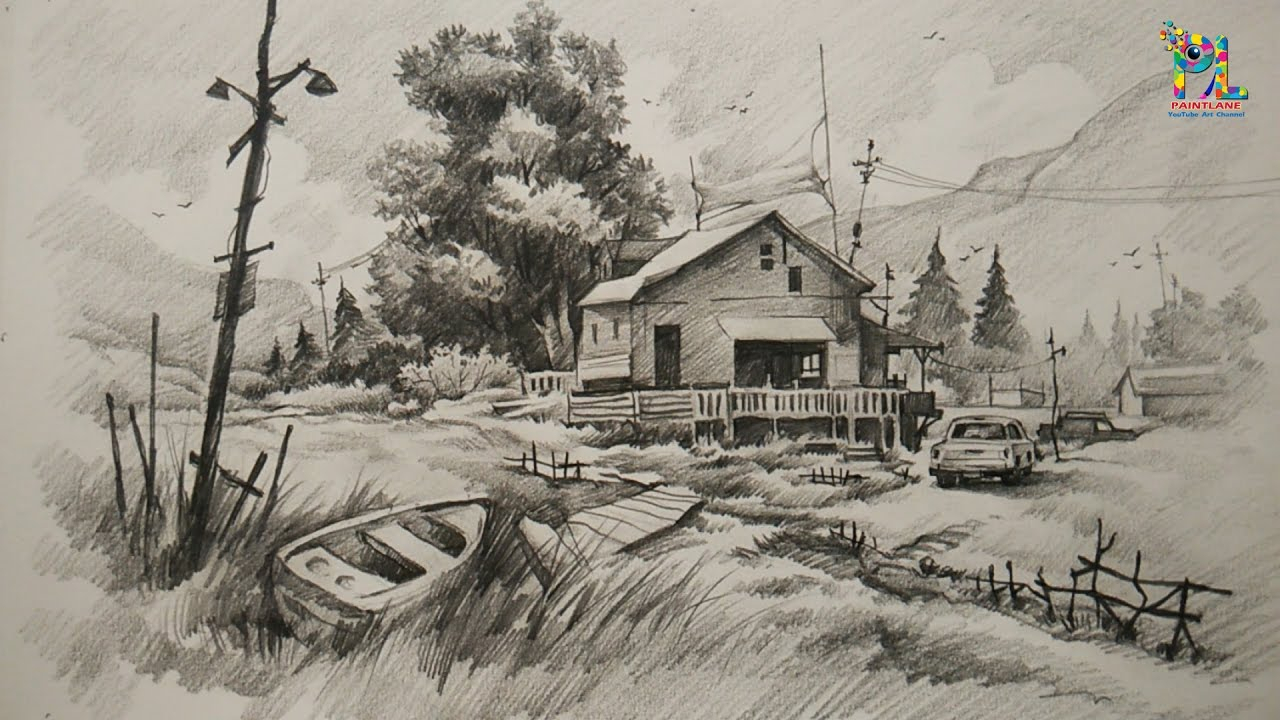
So, embrace the process, invest the necessary time, and enjoy the journey of creating stunning and lifelike drawings. By implementing helpful strategies and techniques, artists can enhance their drawing efficiency without sacrificing quality.

With practice, artists can improve their skills and become more efficient, reducing the time it takes to create realistic drawings. While estimates can be provided, it’s important to recognize that each artist has their own pace and style.

In conclusion, the time it takes to draw realistically varies depending on numerous factors, including subject complexity, desired level of detail, drawing size, and the artist’s experience. Additionally, employing efficient techniques, such as using the appropriate tools and exploring different drawing methods, can enhance productivity. This approach allows artists to focus on one area at a time, ensuring that attention to detail is maintained throughout the drawing. First, breaking down the drawing into smaller sections or components can help manage the workload effectively. To expedite the drawing process without compromising on quality, artists can implement a few strategies. When you’re ready to start drawing your beach landscape, the first step is to sketch out the basic shape of the scene. However, it’s important to remember that these are just rough estimates, and each artist works at their own pace. Larger drawings or more intricate subjects may require 40 to 100 or more hours of dedication. A medium-sized portrait with moderate levels of details can take anywhere from 10 to 30 hours to complete. While it is challenging to provide specific time estimates for realistic drawings due to the aforementioned variables, some rough guidelines can be helpful. As artists gain proficiency, their drawing time typically decreases as they become more efficient and adept at capturing the essence of their subject matter. Beginner artists may need more time to complete a drawing compared to experienced artists who have honed their skills over years of practice. It takes time to develop the necessary skills and techniques to create detailed and lifelike drawings. Practice Makes Perfectįor aspiring realistic artists, practice is key. These include etching, watercolor, and drawing, the latter of which famous landscape artists like Leonardo da Vinci mastered. While oil paintings probably jump to mind when thinking amount landscapes, artists have long incorporated numerous other techniques. A simple sketch with minimal details may take just a few hours, while a highly detailed and intricate piece could require several weeks or even months to complete. 12 Famous Landscape Artists You Should Know. The complexity of the subject matter, the level of detail desired, the size of the drawing, and the artist’s experience all play a role in determining the duration of the drawing process. Several factors influence the time it takes to draw realistically. Here, we address some frequently asked questions regarding the time it takes to achieve realistic drawings. Whether it’s a portrait, still life, or landscape, the amount of time it takes to complete a realistic drawing can vary significantly. It involves capturing the details and intricacies of the subject matter to create an accurate representation on paper. Realistic drawing is a challenging art form that requires patience, skill, and dedication. But the Canvas app isn't trying to make something indistinguishable from reality - as concept artist Jama Jurabaev explains in the video below, it's more about being able to experiment freely with imagery more detailed than a doodle. This method has been used to create very realistic faces, animals and landscapes, though there's usually some kind of "tell" that a human can spot.

#REALISTIC LANDSCAPE DRAWING WINDOWS#
This one is much smoother around the edges, produces better imagery, and can run on any Windows computer with a decent Nvidia graphics card. It's pretty much a more user-friendly version of the prototype GauGAN (get it?) shown at CVPR in 2019.

These work together to make what they think is a fairly realistic depiction of what's been suggested. The classical landscape, which tried to evoke the landscape of classical Greece and Rome, was born in the 17th century. GANs essentially pass content back and forth between a creator AI that tries to make (in this case) a realistic image and a detector AI that evaluates how realistic that image is. When colors are blobbed onto the canvas, the crude sketch is passed to a generative adversarial network. Hello friends, in this video Ill show you how I draw and colour Beautiful Realistic Forest Landscape Scenery Drawing for Beginners in very Easy steps with S. Nvidia's new Canvas tool lets the creator rough in a landscape like paint-by-numbers blobs, then fills it in with convincingly photorealistic (if not quite gallery-ready) content.Įach distinct color represents a different type of feature: mountains, water, grass, ruins, etc. But the latest tools are aimed at letting an AI give artists a hand from the earliest, blank-canvas stages of a piece. AI has been filling in the gaps for illustrators and photographers for years now - literally, it intelligently fills gaps with visual content.


 0 kommentar(er)
0 kommentar(er)
